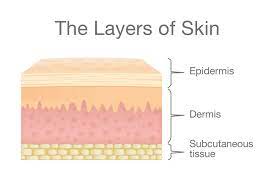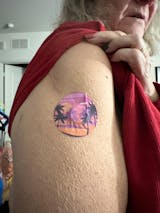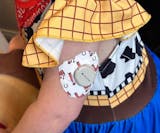Skin is a dynamic organ, reflecting who we are in the presence or absence of a health condition or disease. As the largest organ in the body, skin is critical to the maintenance of our bodies and our health. The skin’s ability to act as a barrier against damage and infection depends on a variety of factors, including the structure of skin, genetics, and lifestyle, environmental factors, age, and underlying conditions and diseases. Skin changes shape, moisture content, and elasticity and constantly sheds dead keratinocytes from its surface. Human skin is demographically variable from infants to the elderly. Skin regeneration takes approximately 28 days. As skin ages, collagen in the sub-dermal layer change, especially with fragile elderly skin. On the opposite side, the skin is greatly different from the needs of infant skin.

As technology advances, the demand for devices that attach to our skin increases – from wound care dressings to wearable sensors. Wearables give us greater insight into our health by tracking, listening, monitoring, and more. Wearables are often defined as technology that connects to the internet and attaches to the body via clothing (i.e. wrist straps, chest straps) or glasses – that definition is changing as innovation occurs. Medical adhesives are specially formulated to stick wearables to the skin for intended applications.
Factors that Influence Adhesion:
Contaminated surface: Oils, lotions, creams, make-up may interfere with adhesion by making it harder for adhesive properties to stick to skin.
Epidermal function: Moisture management and protection may impact adhesion as exposure to moisture can lead to skin breakdown, irritation, and other conditions.
Cell renewal cycle: Our skin constantly changes and presents a new surface; it gets rid of irritants, heals itself, and pushes old cells out of the way to make room for new ones.
Elastic surface: The Medical Tape must be conformable for it to stick effectively to the surface of the skin. It must move, stretch and bend with the skin.
Low surface energy: Low surface energy is generally great for most things skin is expected to do, such as easy removal of contaminants with simple soap and water. But the challenge lies in creating an adequate balance between adhesion levels – right in the middle – or else the adhesive will stick too little or too much, rendering it ineffective or causing trauma.
Rough texture: An uneven or non-smooth surface interferes with adhesion because it makes it hard for the tape to fully stick.



